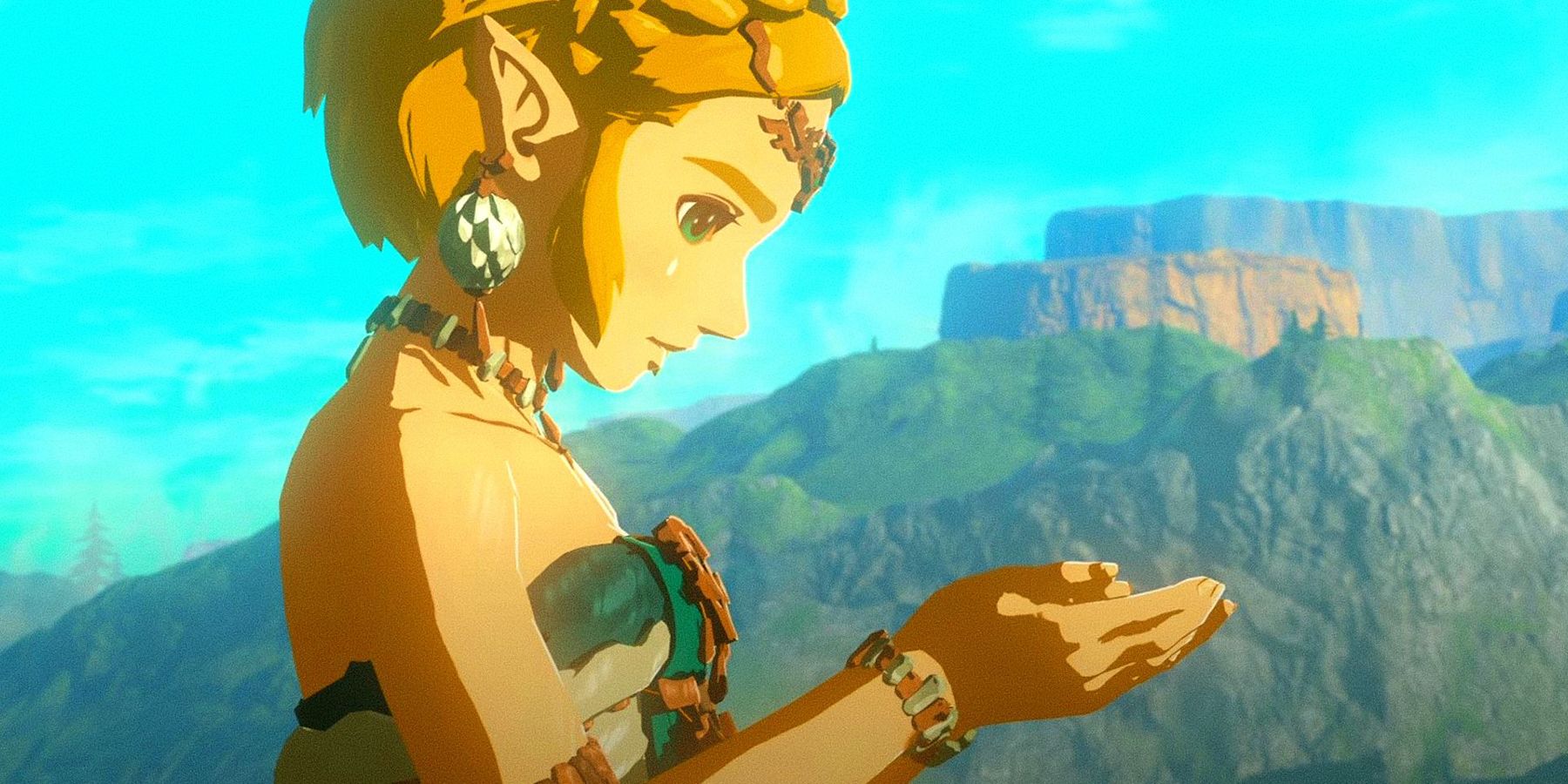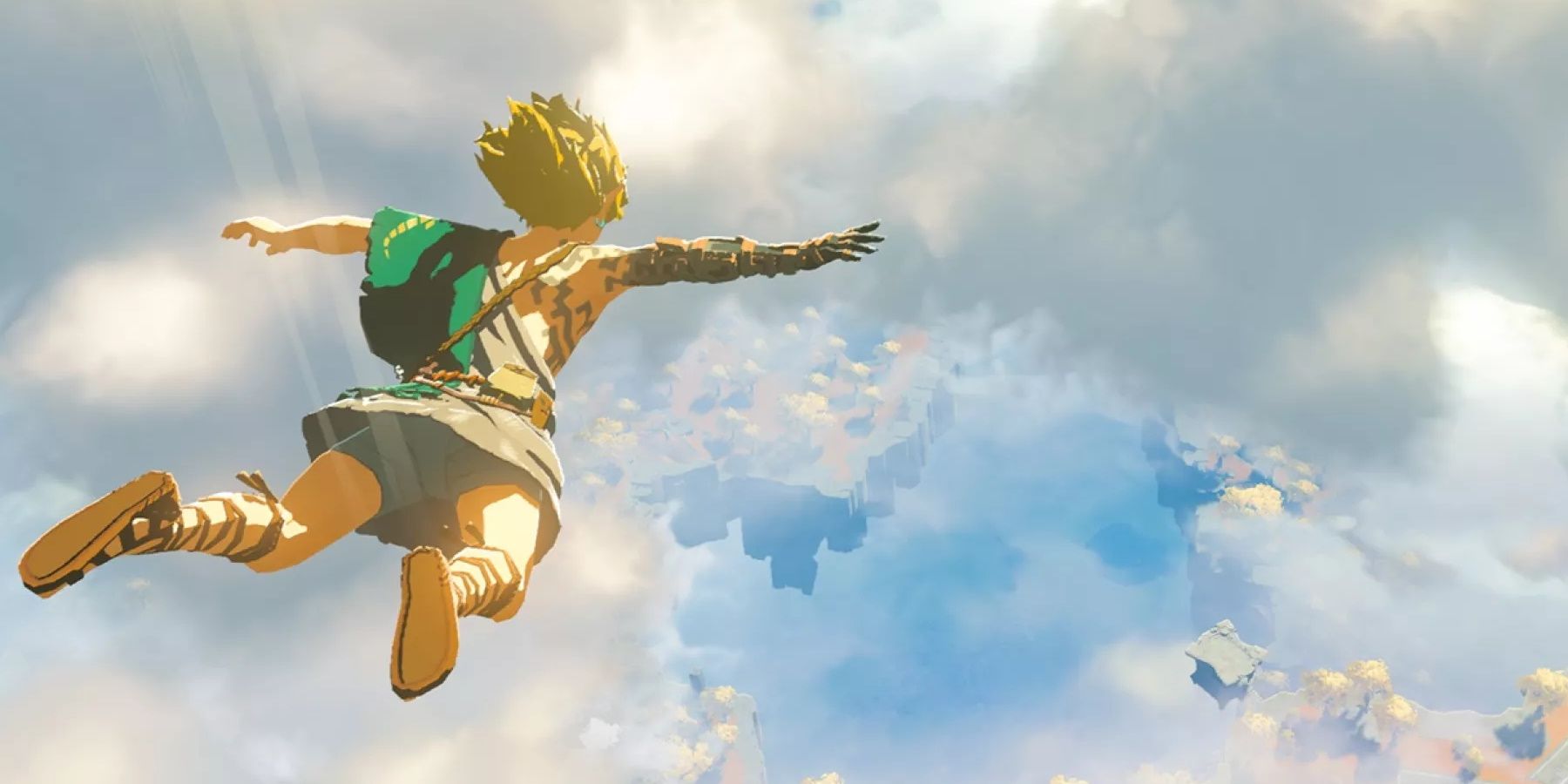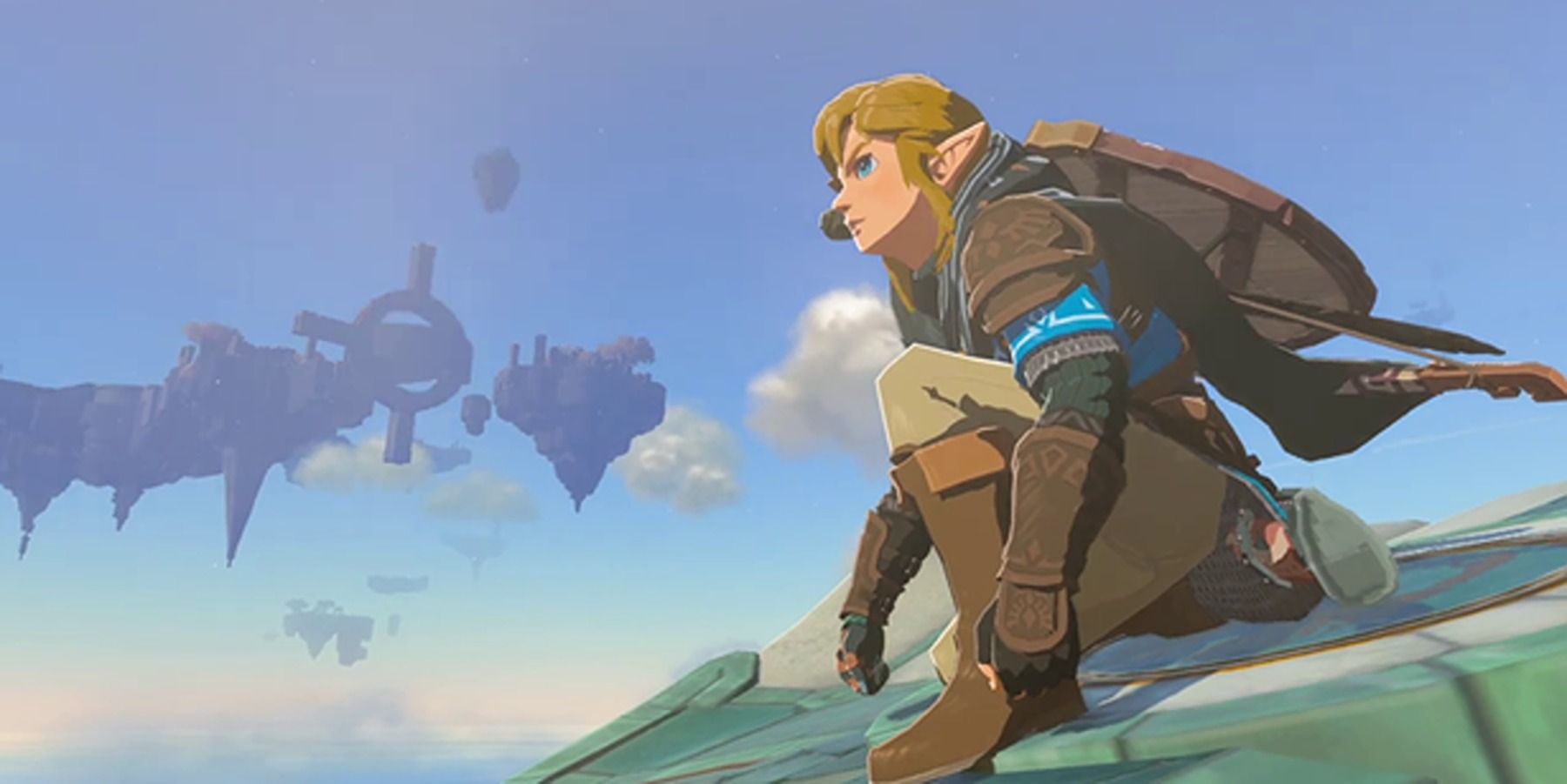Something relatively unique to Zelda: Tears of the Kingdom and its predecessor, Breath of the Wild, is that the games feature voice-acted dialogue in a series that has largely relied on text boxes to convey speech. This poses some unique challenges for voice actors who are essentially blazing the trail when it comes to how their characters are portrayed vocally, and it was important for Tears of the Kingdom voice actress Patricia Summersett to represent Princess Zelda in the booth faithfully.
In an interview with Game Rant, Patricia Summersett spoke about how she approached voicing Princess Zelda in Tears of the Kingdom by researching her depictions in previous games despite their lack of vocal references. She also talked about the interesting dynamic between Princess Zelda, a voiced character, and Link, a silent protagonist, and how that played into her creative process.
Summersett Looked To Games Like Twilight Princess and Ocarina of Time for Inspiration
An understandably common practice for the best voice actors is to heavily research the characters they're tasked with portraying, and that's precisely what Summersett did when she found out she would be voicing Princess Zelda in the series' latest entries. Since Zelda has rarely been given voiced dialogue in the series, Summersett focused on her backstory in the narrative as well as her animations in past games to get an idea of how best to voice the character.
Whenever I approach a character, I try for a swath of research. One of the things that I did look to when I was researching this character – after I found out what it was, of course, because when I was auditioning for it, I didn't know what character I was auditioning for – but once I discovered what it was, I went back into the original, Twilight Princess, and Ocarina of Time.
I watched gameplay online to get a sense of what the animation looked like and also bought a Hyrule Historia. Those were sort of my foundations from the game’s franchise. But from there, you simply have to go with the script that's in front of you. You cannot play the past.
Although Summersett had access to years of games and the incredibly detailed Hyrule Historia, her portrayal was also guided by the game's scriptwriters and other creative teams who had a specific vision in mind when it came to how the character would be expressed.
Talking to a Silent Protagonist Like Link Wasn't Too Challenging
Since Link is a silent protagonist, conversations can feel a little one-sided. Summersett says that this didn't pose too much of a challenge when voice acting, because the work often necessitates using one's imagination anyway. Not all voice acting is done simultaneously, and she is accustomed to cold-reading lines when necessary. For a skilled actress, it was just another day at the office.
[Link] is very quiet, but very expressive nonetheless! So often in video games – motion capture contains some exceptions – but so often you are responding to a character directly from imagination or a script. You're either reading lines from another person as a cue, or going completely cold off of those lines and giving several options for their editing purposes.
I don't find it more challenging than some of the other roles I've played. What can be more tricky, actually, is if you're playing opposite somebody who's giving you strange signals or not what you expect would be a realistic or intuitive reaction. I think every actor has dealt with that side of it… and hopefully I haven’t been that too often for other actors!
In fact, the presence of other actors can make the performance even more difficult if their delivery is off. Speaking to a character that doesn't talk back allowed Zelda's voice actress to approach her lines unhindered by awkward or unintuitive responses that could throw her off.
The Legend of Zelda: Tears of the Kingdom is available on Nintendo Switch.



